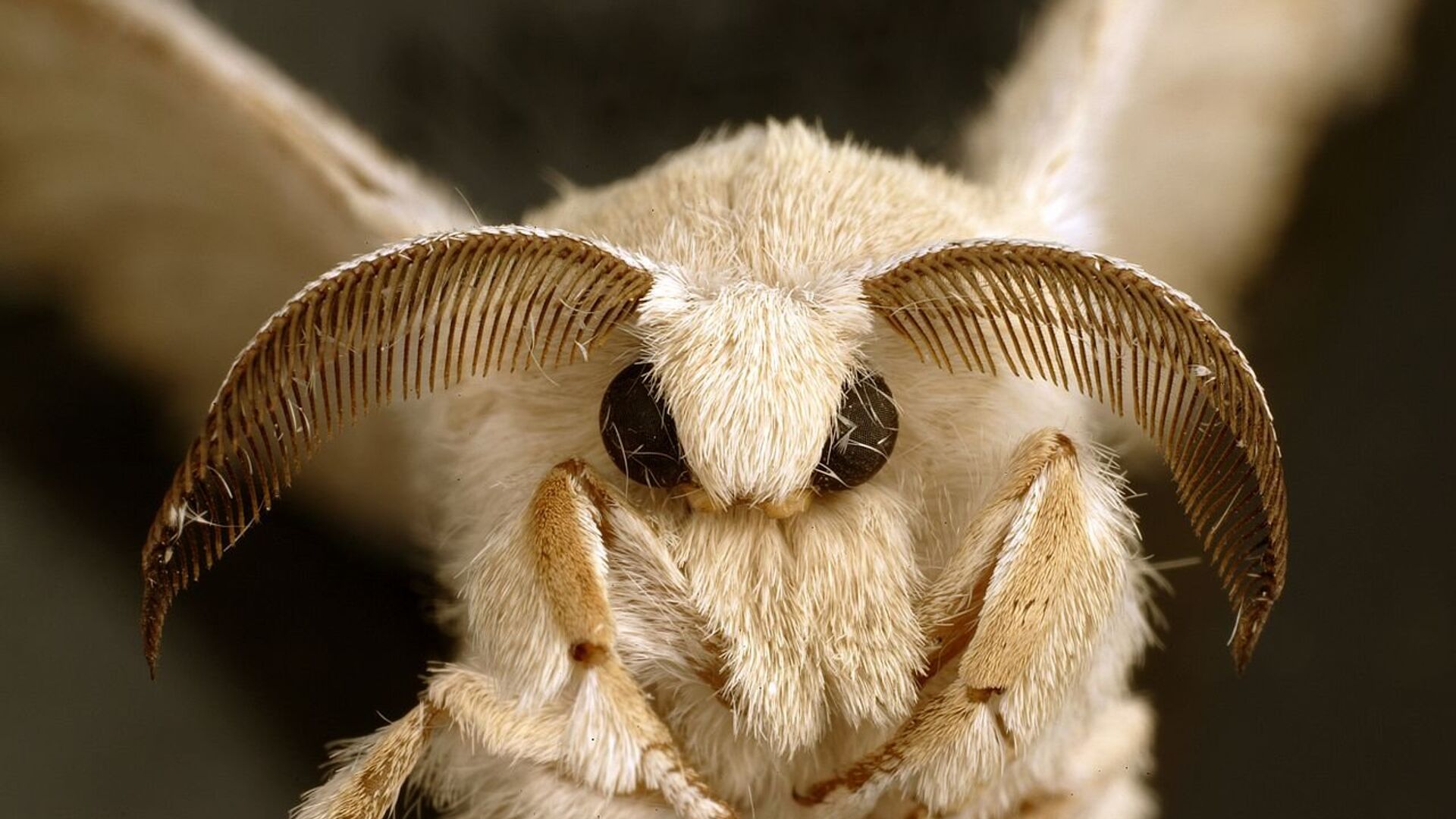https://sputnikglobe.com/20240201/ever-wondered-why-moths-are-attracted-to-nighttime-light-study-reveals-1116514505.html
Ever Wonder Why Moths Flock to Nighttime Light? This Study Explains Why
Ever Wonder Why Moths Flock to Nighttime Light? This Study Explains Why
Sputnik International
Insects like moths and butterflies have been around for several millennia. During this time, they may have learned to turn their heads back toward the brightest direction. The moon and stars were the main sources of light, which helped the flying insects remain at their flight level and find their way up.
2024-02-01T06:26+0000
2024-02-01T06:26+0000
2024-02-01T09:34+0000
beyond politics
science & tech
society
moth
light
https://cdn1.img.sputnikglobe.com/img/106026/77/1060267740_0:66:1281:786_1920x0_80_0_0_8b483febda49510cce18cd9bf4ce4adb.jpg
Moths may be trapped in the light rather than drawn to it, according to findings that are highlighted in a recent study published in Nature Connections.Moths and butterflies have been around for hundreds of millions of years. During this period, they may have adapted to turn their heads back towards the most luminous direction. The primary light sources were the Moon and stars, which ensured the flying insects knew their way up and maintained their flight level.With the use of artificial lighting, moths began to incline their backs to streetlights at night. This caused them to form uninterrupted loops around the lampposts, relying on their evolutionary instincts mastered over millions of years. Dr. Sam Fabian and his team at Imperial College London have used high-resolution, lab infrared motion capture and high-speed infrared video recordings to observe that moths and dragonflies turn their backs to light sources.The study is the first to show this behavior in nighttime insects and suggests why moths are attracted to lights. It confirms that light pollution is a serious reason why insect numbers have decreased lately. Moths and other insects can get stuck in lights, making them quick food for, among other creatures, bats. Artificial light can also trick moths into thinking it is daytime, telling them it's time to fall asleep and not feed.According to the authors of the research, the direction of light should be considered when planning and setting up outdoor lighting; it is advised to avoid an upward-facing light direction, as these are the most harmful for the insects.
Sputnik International
feedback@sputniknews.com
+74956456601
MIA „Rossiya Segodnya“
2024
Chimauchem Nwosu
https://cdn1.img.sputnikglobe.com/img/07e7/09/01/1113046371_0:99:1536:1635_100x100_80_0_0_9c5c627283eca931c39fe4852bbb301c.jpg
Chimauchem Nwosu
https://cdn1.img.sputnikglobe.com/img/07e7/09/01/1113046371_0:99:1536:1635_100x100_80_0_0_9c5c627283eca931c39fe4852bbb301c.jpg
News
en_EN
Sputnik International
feedback@sputniknews.com
+74956456601
MIA „Rossiya Segodnya“
Sputnik International
feedback@sputniknews.com
+74956456601
MIA „Rossiya Segodnya“
Chimauchem Nwosu
https://cdn1.img.sputnikglobe.com/img/07e7/09/01/1113046371_0:99:1536:1635_100x100_80_0_0_9c5c627283eca931c39fe4852bbb301c.jpg
moths, dragon fly, artificial light, nocturnal insect behavior, light pollution effects on insects, moths attracted to streetlights, nighttime insect behavior study, flying insects.
moths, dragon fly, artificial light, nocturnal insect behavior, light pollution effects on insects, moths attracted to streetlights, nighttime insect behavior study, flying insects.
Ever Wonder Why Moths Flock to Nighttime Light? This Study Explains Why
06:26 GMT 01.02.2024 (Updated: 09:34 GMT 01.02.2024) Insects like moths and butterflies have been around for ages. During this time, they may have learned to turn their heads back toward the brightest direction. The Moon and stars were the main sources of light, which helped the flying insects remain at their flight level and find their way up.
Moths may be trapped in the light rather than drawn to it, according to findings that are highlighted in a recent study published in
Nature Connections.
Moths and butterflies have been around for hundreds of millions of years. During this period, they may have adapted to turn their heads back towards the most luminous direction. The primary light sources were the Moon and stars, which ensured the flying insects knew their way up and maintained their flight level.
With the use of artificial lighting, moths began to incline their backs to streetlights at night. This caused them to form uninterrupted loops around the lampposts, relying on their evolutionary instincts mastered over millions of years.
Dr. Sam Fabian and his team at Imperial College London have used high-resolution, lab infrared motion capture and high-speed infrared video recordings to observe that moths and dragonflies turn their backs to light sources.
“If the light’s above them, they might start orbiting it, but if it’s behind them, they start tilting backwards and that can cause them to climb up and up until they stall…More dramatic is when they fly directly over a light. They flip themselves upside down, and that can lead to crashes. It really suggests that the moth is confused as to which way is up,” Fabian told The Guardian.
The study is the first to show this behavior in nighttime insects and suggests why moths are attracted to lights. It confirms that light pollution is a serious reason why insect numbers have decreased lately. Moths and other
insects can get stuck in lights, making them quick food for, among other creatures, bats. Artificial light can also trick moths into thinking it is daytime, telling them it's time to fall asleep and not feed.
According to the authors of the research, the direction of light should be considered when planning and setting up outdoor lighting; it is advised to avoid an upward-facing light direction, as these are the most harmful for the insects.



